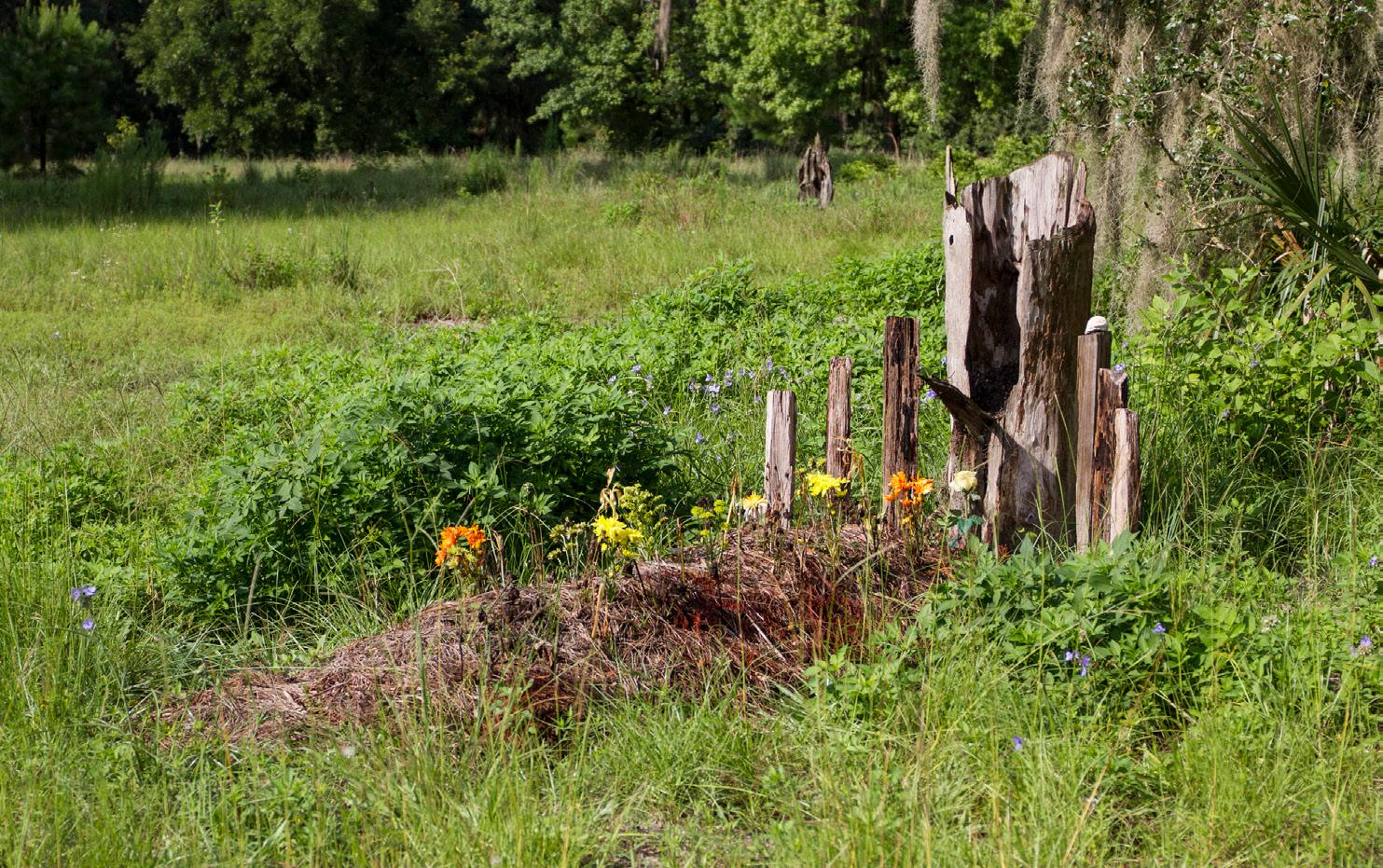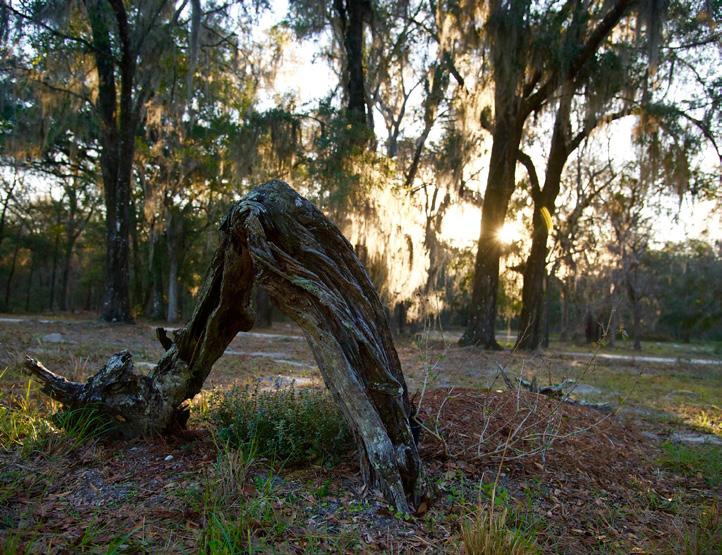
2 minute read
GREEN BURIAL
from Natural Awakenings: Alachua, Citrus, Marion, Sumter Co & The Villages, Florida
by Natural Awakenings - Alachua, Citrus, Marion, Sumter Co & The Villages, Florida
Green Burial We’re All in the Same Cycle of Life
As the decision to live green is on the rise, the decision to die green is likewise growing in popularity. The $20 billion a year funeral industry is starting to get significant competition from green funerals and natural burials.
Advertisement
“What we label as ‘traditional’ burial is really not… it’s ‘modern day’ burial. Natural burial is what our ancestors did,” affirms Freddie Johnson, executive director of Prairie Creek Conservation Cemetery, in Gainesville. Prior to the 19th century, natural burial was the norm. What we now consider conventional burial practices (including chemical embalming) came about during the Civil War when families mourning fallen soldiers desired an extended period of time for viewing and funerals.
“Real green burial is body to earth unimpeded, allowing nature to decompose our by Nancy DeVault
organic bodies naturally while contributing to the natural lifecycle of the land,” explains Lee Webster, education president for Green Burial Council, a nonprofit encouraging environmentally sustainable deathcare.
There are 236 green burial cemeteries nationwide, seven of which are in Florida. Aside from Prairie Creek Conservation Cemetery, the list includes Brooksville Cemetery Green Meadows, in Brooksville, Eternal Rest Memorial Park, in Dunedin, Glendale Memorial Nature Preserve, in DeFuniak Springs, Heartwood Preserve, in Trinity, Riverview Memorial Gardens, in Cocoa and South Florida Jewish Cemetery, in Lake Worth. The Green Burial Council ranks three kinds of cemeteries: hybrid—a conventional cemetery inclusive of burial spaces that forgo concrete vaults and embalming, and use biodegradable containers; natural— a cemetery dedicated to natural burial where all three elements are employed; and conservation—where a trust entity preserves land used for natural burial. Prairie Creek Conservation Cemetery is the only conservation certified cemetery in the state (only nine exist in the country). In collaboration with the Alachua Conservation Trust, the cemetery’s 93 acres of blooming wildflowers and swaying trees is an extension of Prairie Creek Preserve, adjacent to Paynes Prairie State Park. Trails are intermitted throughout, allowing people and wildlife to organically flow. “We offer a place for people to hike, bike, picnic and have renewal in nature,” Johnson shares. He says more people are seeking out this type of living memorial in a flourishing ecosystem—a stark contrast to the atmosphere of conventional cemeteries. Johnson asserts it’s important to recognize the difference between saving land and exploiting it. He boldly describes conventional cemeteries as underground condominiums of cement vaults, metal caskets and toxic chemicals. Conventional cemeteries bury 4.3 million gallons of embalming fluid, 1.6 million tons of concrete, 17,000 tons of copper or bronze and 64,500 tons of steel each year. Consequently, studies have discovered these contaminants in nearby waterways.
Webster says he often fields questions about whether eco-friendly burials cause adverse effects on the environment, such as compromising water quality. When natural burials are done properly at three-and-ahalf feet deep, he says, there is no danger of contaminating potable water that is found about 75 feet below the surface. “Keep in mind that all animals and plants end in the equivalent of natural burial,” Johnson adds. “It’s no different for human bodies. We’re all in the same cycle of life.”













